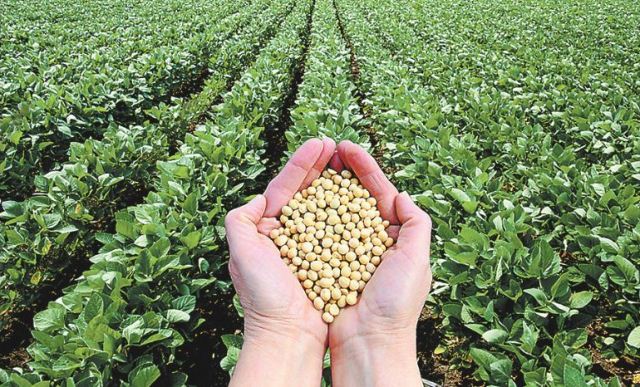While agricultural prices are on a downward trend, metal prices are on the rise, according to the International Monetary Fund (IMF).
The decline in staple food stocks in major exporting countries, due to the major shocks of the past two years from the pandemic and the war in Ukraine, has been halted as supply and demand have reacted to higher prices.
Food and beverage prices peaked in May 2022 and have risen 1.3% since last August.
Now, these prices remain 22.3% above the five-year average and 39.1% above pre-pandemic levels.
Supply prospects improved with the entry of Ukrainian wheat and other products into the world market following the renewal of the Black Sea Corridor initiative last November.
High prices also encouraged other regions, such as the European Union and India, to increase wheat production.
However, part of the correction has probably come from the destruction of demand for price-elastic components such as meat and biofuels.
Agricultural prices
Risks remain balanced, as gas spillovers on fertilizer prices and a possible abrupt end to the Black Sea corridor agreement offset a possible reduction in consumption and a potentially stronger supply reaction.
Agricultural commodity prices are down 9.1% since last August in the face of slowing global demand, but, like base metal prices, have partially rebounded in recent months.
Metals
The base metals price index fell below levels prior to the Russian invasion of Ukraine.
After the invasion, it rose, but experienced a generalized pullback in the face of slowing Chinese demand for metals (which accounts for about half of the world’s consumption of major metals) and tightening monetary policy.
With China reopening and infrastructure spending increasing, as well as the Federal Reserve forecasting a slower pace of interest rate hikes, base metal prices partially rebounded, rising 19.7% between August 2022 and February 2023.
Recent banking difficulties present significant downside risks to prices.
The IMF’s energy transition metals index rose 14.3 percent.
Now, gold prices rose 5.1 percent, and net central bank purchases hit a 55-year high.
The base metals price index is forecast to rise 3.5 percent in 2023 and decline 2.6 percent in 2024.
Traders seem to be factoring in a possible rebound in Chinese demand.
![]()

